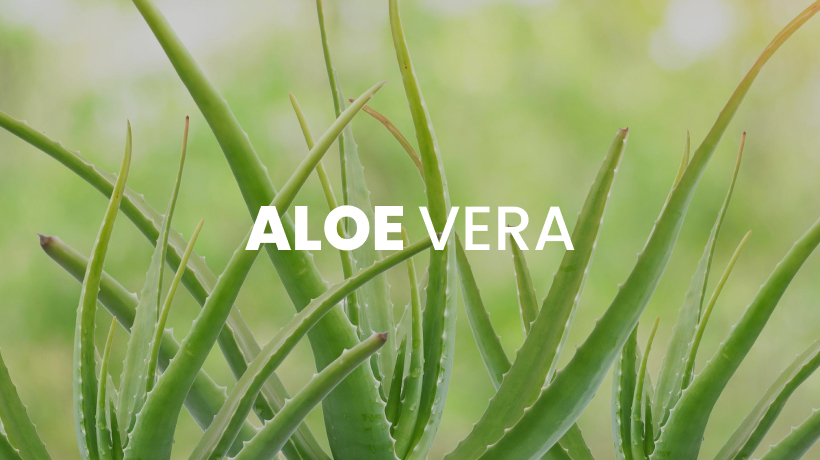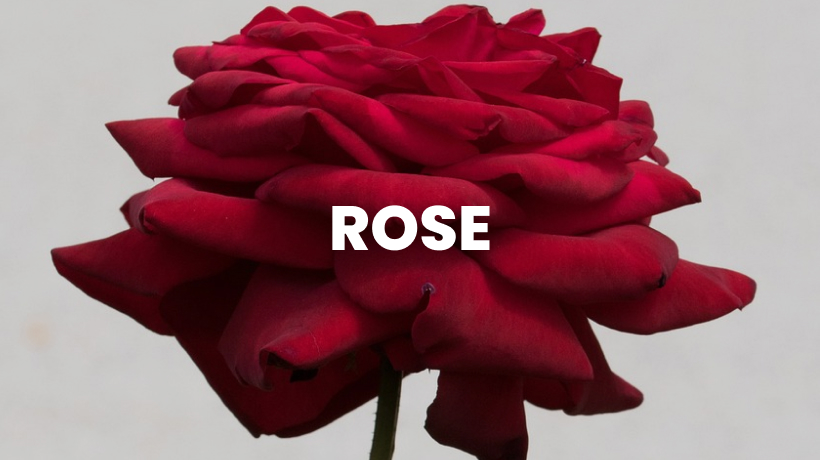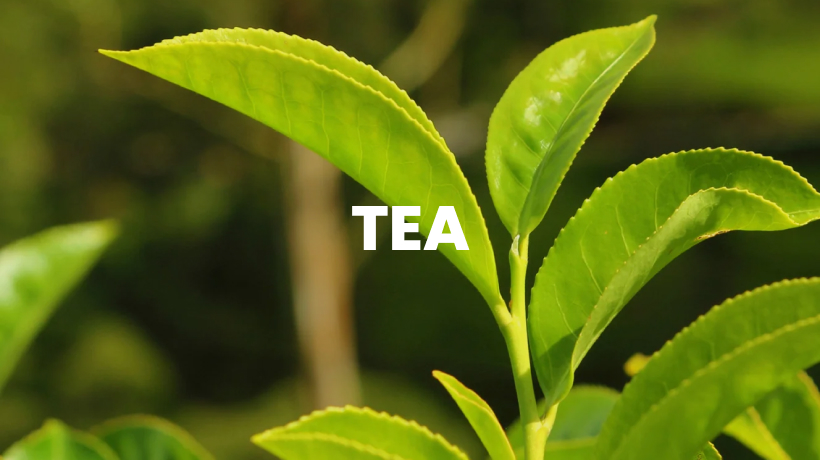With the rise of green beauty and wellness trends over the past decade, ingredients from Mother Nature have stepped into the spotlight. Topical herbs for healing now share the stage alongside more conventional, synthetic ingredients like peptides and ceramides.
Herbs—meaning flowers, fruits, vegetables, succulents, spices, culinary herbs, and even some trees—offer multiple opportunities to bring bioavailable nourishment into the outermost layers of the skin. Nutrients such as antioxidants, vitamins, minerals, essential fatty acids, prebiotics (natural sugars and fibers that feed the skin’s microbiome) can be found in the flowers, leaves, stems, roots, and seeds of plants. Various types of extracts can be prepared and used as standalone DIY facial treatments, or formulated synergistically with other topical herbs for skin into products.
While there are a multitude of plants that pack serious beauty-nutritious punch, these three stand out for their well-researched skin benefits for most skin types:
Aloe Vera

Many people keep an aloe vera (Aloe barbadensis miller) plant in their homes due to its well known ability to soothe, calm, cool, and protect minor cuts, scrapes, kitchen burns, sunburns, and rashes. It is truly one of the best known topical herbs for healing, and with good reason!
Most moisturizing skin care ingredients fall under the category of humectant (water attracting and hydrating) or emollient (protective, barrier-enhancing). Aloe is one of the few plants that offers both humectant and emollient properties. It is lightweight, unlikely to clog pores, and is a great way to hydrate and seal in moisture. Aloe also has cooling and gently astringent properties.
Aloe supports a healthy and biodiverse skin microbiome with natural mono- and polysaccharides; contains eight different enzymes that support regular cell turnover: vitamins A, C, E, B12, folate, and choline; minerals such as calcium, chromium, copper, selenium, magnesium, manganese, potassium, sodium and zinc; amino acids, fatty acids, and polyphenol antioxidants.
Aloe vera gel can be extracted from the leaves of the plant using a vegetable peeler, and can be applied directly to blemishes, rashes, sunburn, or other minor skin ailments.
Steps 1, 2, and 3 of The Spa Dr. 4-Step Age-Defying Skincare System all contain aloe vera.
Rose:
Beyond their beauty and glorious aroma, roses are also one of the best topical herbs for skin. Rose petals have many uses in topical skin care. They can be steam distilled or CO2 extracted into aromatic and precious rose essential oil. They can be distilled into a hydrosol or made into rose water to use as a refreshing toner, glycerites or extracts to be added to serums and moisturizers, or ground into a fine powder and used as a gentle exfoliant or added to a clay mask.
Rose petals are also highly nutritious and contain Vitamin C, iron, calcium, flavonoid antioxidants, glycosides, and tannins. The Spa Dr.® BAMBOO & ROSE Facial Exfoliant contains rose petals. Though rose petals often get the most attention, rosehips offer wonderful skin nutrition. Rosehips are extremely high in Vitamin C (higher even than citrus fruits), Vitamin A precursors (in the form of carotenoid antioxidants), Vitamin K, calcium, phosphorus, potassium, magnesium; essential fatty acids, as well as other nutrients.
Rosehips may be made into a tea that can be used as a facial compress or toner. Rosehip fruit or seed oil is beautiful in topical skin care preparations, as it absorbs well without leaving a greasy residue, and is well tolerated by most skin types.
Enjoy the benefits of rosehip fruit oil in Step 4 – GLOW & ENHANCE Facial Boost
Roses bring nervine (stress-relieving), cooling, and astringent properties to the skin. Look for species Rosa damascena, Rosa rugosa, or Rosa rubiginosa for topical skin care.
Tea:
Though many herbs can be made into teas, tea itself—black tea, oolong tea, green tea, and white tea—comes from the leaves of the Camellia sinensis plant. The type of tea the leaves ultimately become–and the nutrients it contains–depends on the age of the leaves when harvested (white and green tea are the youngest), and the length of fermentation time (oolong and black teas are fermented the longest).
All tea from Camellia sinensis contains high concentrations of antioxidants such as polyphenols, flavonoids, and catechins (these are highest in green tea). Catechins have shown more powerful antioxidant action in studies than vitamins C and E in halting oxidative damage to skin cells, in addition to other benefits. The Spa Dr. HYDRATE & RENEW Enriched Moisturizer, is a perfectly pH-balanced moisturizer formulated for sensitive skin and provides a great source of Camellia sinensis to protect and nourish your skin.
Tea also contains theanine, an amino acid specific to tea. Theanine contributes to the soothing and calming effects of the tea, which is a specific reason why it is one of the best topical herbs for healing.
Other skin-specific benefits of Camellia sinensis include:
- White tea supports a healthy skin barrier, and helps counteract the damaging effects of oxidative stress.
- Green and black teas have been shown to provide benefits in natural sun care and post-sun care products, as well as in products and treatments for people who have visible signs of skin aging specifically due to sun damage.
- White, green, oolong, and black tea are often found in skin care products in extract form, but they can also be added to the bath to soothe the skin post-sun, or the tea can be used as a DIY facial toner. Be careful to dilute oolong and black tea though, as the normal ratio of 1 teaspoon: 8oz water is very dark in color and may stain the skin.
- In addition to the tea leaves, the oil cold pressed from the seeds of the Camellia sinensis plant also provides wonderful skin benefits, particularly for sensitive and acne-prone skin.
Both black tea leaf and white tea leaf extracts are found in HYDRATE & RENEW Enriched Moisturizer
Though there are literally thousands of herbs that can be used to nourish, hydrate, and protect the skin topically, herbal skin care doesn’t have to be overwhelming! It’s best to start simply with just a few herbs at a time—as you can see with the three topical herbs for skin shared today, even a single plant offers whole and complete skin nutrition! Start with a simple DIY toner, compress, or mask or look for high-quality botanical skincare products that contain these wonderful gifts from Mother Nature.
References:
https://www.ncbi.nlm.nih.gov/pmc/articles/PMC2763764/
https://www.ncbi.nlm.nih.gov/pmc/articles/PMC6330525/
https://nutritiondata.self.com/facts/ethnic-foods/10470/2
https://papers.ssrn.com/sol3/papers.cfm?abstract_id=3345537
https://www.sciencedaily.com/releases/2003/01/030130081227.htm
https://www.ncbi.nlm.nih.gov/pmc/articles/PMC3390139/


